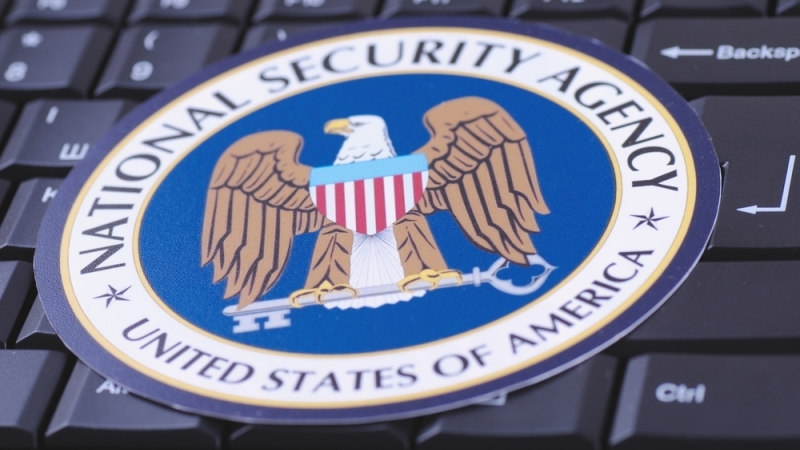
The National Security Agency’s (NSA) Cybersecurity Collaboration Center (CCC) has been “game-changing” for the NSA in terms of gaining unique insights from partners on specific adversaries, according to Morgan Adamski, the chief of the CCC.
At Crowdstrike’s Gov Threat Summit on March 19 in Washington, D.C., Adamski shared how the CCC is working to operationalize cyber intelligence and insights with the private sector.
“We started with one partner about four years ago. As of today, we have over 1,000 different partners that we talk to 24/7 through 800 collaboration platforms at any given time,” Adamski said.
“It has been game-changing for us from an NSA perspective because great partners like those at CrowdStrike, who have unique insights and expertise on specific adversaries or technology, they can bring that to bear what we’re seeing from a classified perspective, and we create this comprehensive picture not only of the adversary, but also how do we protect and defend against those threats,” she added.
Last year alone, the CCC scaled its cybersecurity-as-a-service program to include small-to-medium businesses within the defense industrial base (DIB) – increasing enrollments in NSA’s no-cost cybersecurity services to Department of Defense contractors by 400 percent.
Within the CCC, NSA also established the Artificial Intelligence Security Center last year, which will promote the secure development, integration, and adoption of AI technologies within National Security Systems (NSS) and the DIB.
Adamski said she defines success within the CCC if the NSA has intelligence inside the classified level of a specific nation-state adversary with malicious cyber intent, and it is then “able to sanitize that information” – or bring it down to a lower classification level.
“That used to be around weeks and months that we would try to figure out how to do that. We’ve now gotten into a process – even as it relates to say PRC [People’s Republic of China] targeting critical infrastructure – we’ve been able to do that now within hours,” she said. “And because of the collaborative platform that we built in an unclassified environment with partners, we’ve been able to get it into the hands of people that can do something about it.”
The solution, she said, is not the NSA or FBI “knocking on 1,000 doors,” but instead it’s leveraging the insights, capabilities, and perspectives of the CCC’s private sector partners.
“We have a ton of success where we’ve been able to get that information out to the right people to do things but also, quite honestly, what I see as success is when our industry partners come to us and say, ‘That information – not exactly what I need. Not helpful. This is the type of data that I need. Also, can you help me better understand some of the technical attributes behind this capability or this malware so that I can actually build a defensive signature to deploy to my platform,’” she explained.
“That real-time feedback is making us better as a nation, it’s making a better use of the intelligence community, as well as the Federal government because it ensures that if we’re going to give you information, you can actually use it,” she concluded.
